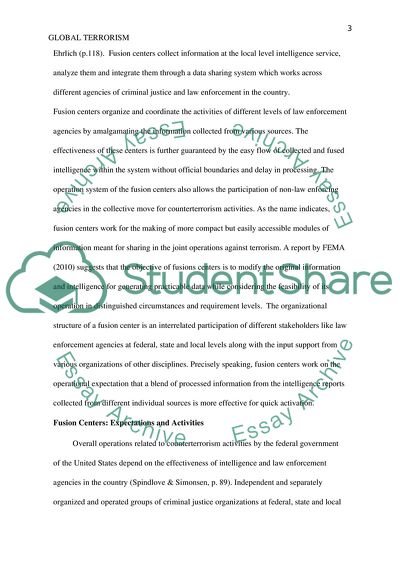Cite this document
(“Fusion Centers And Feature Of Their Work Research Paper”, n.d.)
Fusion Centers And Feature Of Their Work Research Paper. Retrieved from https://studentshare.org/sociology/1850907-global-terrorism-the-role-of-fusion-centers-in-combating-terrorism
Fusion Centers And Feature Of Their Work Research Paper. Retrieved from https://studentshare.org/sociology/1850907-global-terrorism-the-role-of-fusion-centers-in-combating-terrorism
(Fusion Centers And Feature Of Their Work Research Paper)
Fusion Centers And Feature Of Their Work Research Paper. https://studentshare.org/sociology/1850907-global-terrorism-the-role-of-fusion-centers-in-combating-terrorism.
Fusion Centers And Feature Of Their Work Research Paper. https://studentshare.org/sociology/1850907-global-terrorism-the-role-of-fusion-centers-in-combating-terrorism.
“Fusion Centers And Feature Of Their Work Research Paper”, n.d. https://studentshare.org/sociology/1850907-global-terrorism-the-role-of-fusion-centers-in-combating-terrorism.


